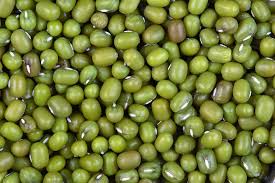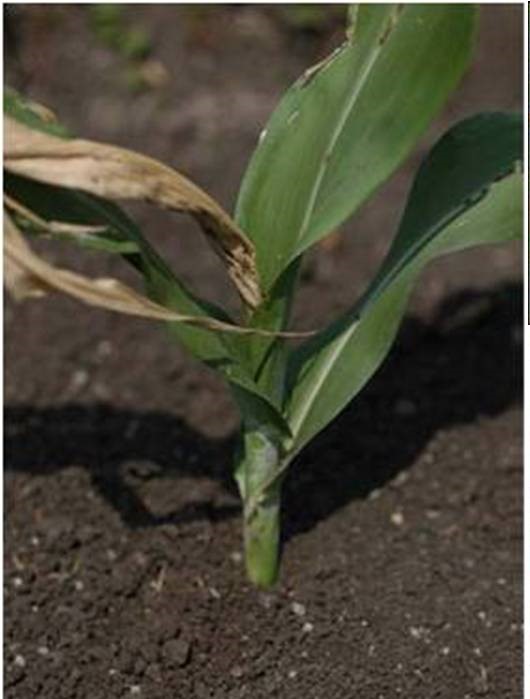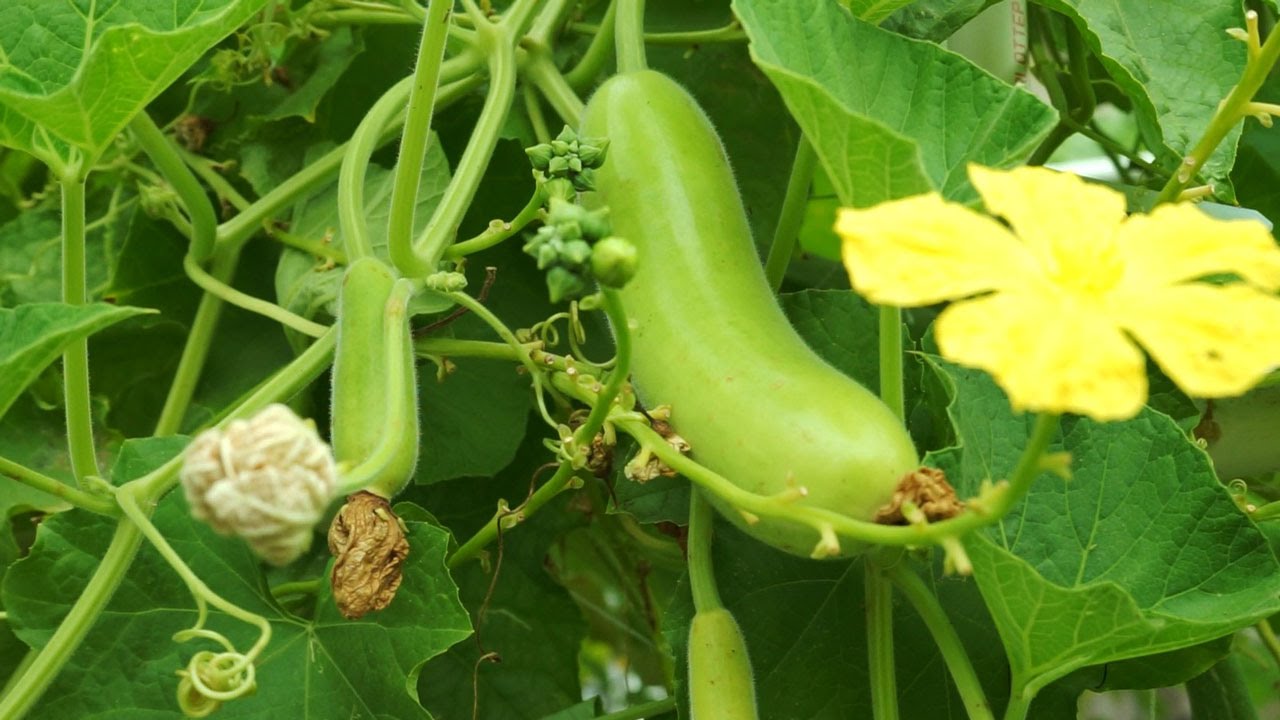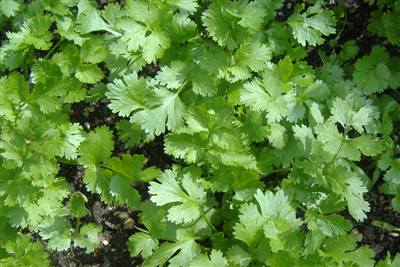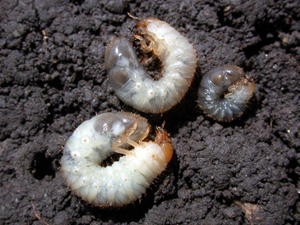- Symptoms are variable, depending on the crop and the growing conditions, but generally, they are visible first on new leaves.
- The first sign is usually the discoloration and thickening of young leaves.
- At greater severity, the deficiency causes necrosis of the growing points.
- Boron deficiency is usually observed in soils with a high pH because in these conditions this element is in a chemical form that is not available for the plant.
- Soils with low organic matter content (<1.5%) or sandy soils (prone to nutrient leaching) are also susceptible to boron deficiency.
- Preventive Measures for boron deficiency.
- Avoid soils with high pH.
- Avoid high air humidity and low soil moisture. Do not over-fertilize or lime the soils.
- Avoid over-watering of the crops.
- Regular testing of soil and keep the full details of the level of nutrients in your area.
Like and share with other farmers by clicking on button below.
Share
